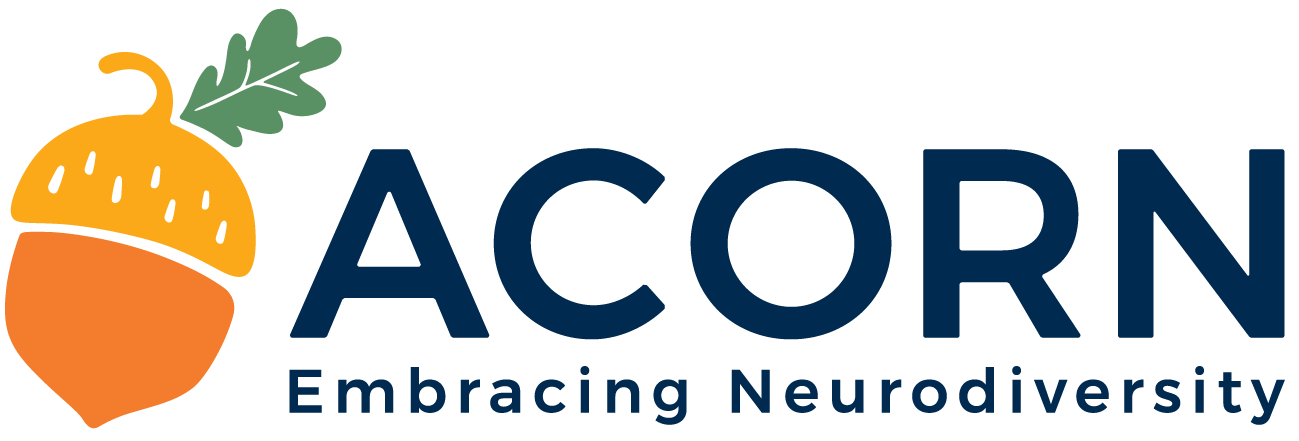LGBTQIA+ and Neurodiversity
LGBTQIA+ is a significant community in our world. It stands for lesbian, gay, bisexual, transgender, queer, intersex, asexual, and more. The “plus” represents other sexual identities. The acronym is also used to represent a diverse range of sexualities, and gender identities.
Sexual orientation can be defined as someone’s emotional, romantic or sexual attraction to other people. Gender identity can be defined as someone’s concept of self as male, female, a blend of both, or neither (this can be different from your sex assigned at birth, and can be different from how you express yourself). Sexual orientation and gender identity often go hand in hand with the lesbian, gay, bisexual, transgender, intersex, queer + community, however, it is important to note that everyone has a sexual orientation and gender identity. Sexual orientation and gender identity play a major role in how we navigate our individuality, our sexual health, and our relationships. It is important for everyone to learn about these topics in order to not only understand themselves but those around them.
How we talk about gender identity and sexual orientation is particularly critical for autistic and neurodiverse learners. According to several studies, a higher percentage of neurodiverse individuals identify within the LGBTQIA+ community than neurotypical individuals. This suggests that the experiences of LGBTQIA+ individuals are particularly relevant and impactful within the autistic community. Thus, it is important for individuals to educate themselves about the LGBTQIA+ and neurodiverse communities, even if they do not directly identify with these communities. Having knowledge about these communities can facilitate future conversations filled with understanding and acceptance.
Both LGBTQIA+ and neurodiverse communities face rigid stereotypes, stigmas, and marginalisation. As a result, these communities may face higher rates of mental health challenges such as depression, anxiety, and social isolation. Combining these identities can intensify the challenges faced by individuals who may encounter intersecting biases and discrimination. Addressing these stereotypes and fostering acceptance can help create more inclusive environments for everyone.
By recognising the impact of LGBTQIA+ communities on neurodiverse individuals and vice versa, we can foster a more comprehensive and inclusive approach to support. It is essential to listen to and centre the experiences and needs of individuals at the intersection of these communities, promoting understanding, acceptance, and empowerment for all.
References:
